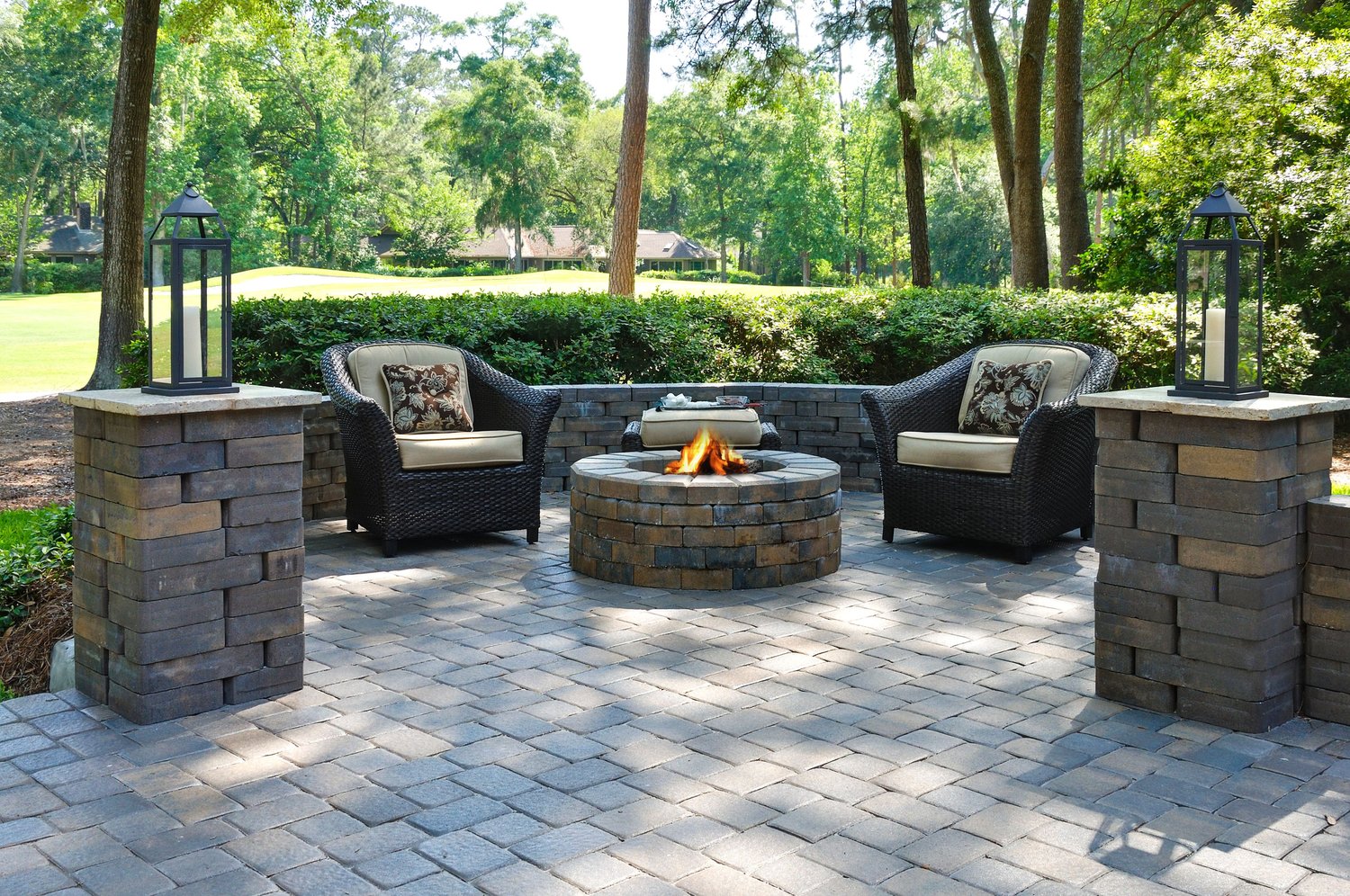Pavers represent a significant investment in your outdoor living space, adding beauty and functionality to patios, walkways, and driveways. However, without proper protection, these paving stones can quickly lose their appeal due to staining, fading, and weed growth. Sealing pavers is a crucial maintenance step that many homeowners overlook. This article explores the essential benefits of applying a quality sealer to your pavers, how it protects your investment, and the ways it enhances the overall appearance of your hardscaping elements.
Understanding the Vulnerability of Unsealed Pavers
Unsealed pavers are constantly exposed to the elements and various potential contaminants. Rain, snow, UV rays, oil drips, food spills, and organic matter can all damage unprotected paving stones over time. The porous nature of most pavers means they readily absorb liquids and staining agents. This absorption not only affects their appearance but can also compromise their structural integrity in regions with freeze-thaw cycles. Water that seeps into pavers can freeze, expand, and cause cracking or shifting. Additionally, the joints between unsealed pavers provide perfect environments for weed growth and ant colonies, creating ongoing maintenance challenges for homeowners.
Key Sealing Pavers Benefits for Longevity
The primary reason to seal pavers is protection. A quality sealer creates an invisible barrier that prevents various substances from penetrating the surface of your paving stones. Oil from vehicles, grease from outdoor cooking, red wine, and organic stains from leaves and berries all become much easier to clean when pavers are properly sealed. This protective layer also significantly reduces the rate of natural erosion that occurs from foot traffic, vehicle weight, and weather exposure. Many modern paver sealers include UV inhibitors that prevent the sun’s harsh rays from fading the vibrant colors of your pavers. By implementing a regular paver sealer guide recommendation of reapplication every 2-3 years, homeowners can extend the life of their paved surfaces by many years, protecting their hardscaping investment.
Enhanced Appearance Through Proper Sealing
Beyond protection, sealing offers substantial aesthetic benefits. Most sealers are available in different finishes ranging from natural matte to high-gloss wet looks. These finishes can dramatically enhance paver color, making the stones appear richer and more vibrant. For older installations, the right sealer can restore much of the original color that has been lost to sun exposure and weathering. The enhanced appearance comes from the sealer’s ability to intensify the natural pigmentation of the pavers while adding a level of depth to the surface. Additionally, sealed pavers maintain a cleaner appearance as dirt and debris can be more easily removed from the protected surface. As experts at AskHomey frequently point out, the visual transformation of newly sealed pavers can make an outdoor space look completely refreshed without the expense of replacement.
Practical Benefits: Maintenance and Stability
Sealing provides significant practical advantages beyond aesthetics and protection. Sealed pavers require far less maintenance than their unsealed counterparts. The sealer stabilizes joint sand, preventing it from washing away during heavy rains or being displaced by wind. This stabilization helps maintain the structural integrity of the entire paved area. With the sand locked in place, weed growth between pavers is dramatically reduced, eliminating the tedious task of continual weed removal. Additionally, sealed surfaces are much easier to clean—often requiring just a simple rinse with a garden hose rather than pressure washing or scrubbing. The time and effort saved on maintenance alone makes protecting paving stones with sealer a worthwhile investment for any homeowner.
Choosing the Right Sealer for Your Pavers
Not all paver sealers are created equal, and selecting the appropriate product is crucial for optimal results. Water-based, solvent-based, and acrylic sealers each offer different benefits and appearances. Water-based sealers are environmentally friendly and allow the pavers to breathe while providing good protection. Solvent-based options typically offer superior penetration and durability but may have stronger odors during application. Acrylic sealers provide excellent color enhancement and come in various finish options. The choice depends on your specific paver material, location, usage, and desired appearance. Climate considerations also play a role—homeowners in regions with extreme temperature fluctuations should select sealers with flexibility to accommodate expansion and contraction. Always follow manufacturer guidelines regarding application methods, temperature requirements, and reapplication schedules to maximize the effectiveness of your paver sealer.
The Process: Proper Application for Maximum Benefits
Applying sealer correctly is as important as choosing the right product. The process begins with thorough cleaning of the paver surface. Any stains should be treated with appropriate cleaners, and the entire area should be pressure washed to remove dirt, mold, and mildew. After cleaning, the pavers must completely dry—typically 24-48 hours depending on weather conditions. Once dry, new polymeric sand may need to be installed in the joints if the original sand has deteriorated. The sealer should be applied evenly using a pump sprayer, roller, or brush depending on the product specifications. Most applications require two thin coats rather than one heavy coat for best results and to avoid puddling or an uneven appearance. Proper application ensures the full range of sealing pavers benefits, from protection to enhanced beauty.
For more tips and to connect with reliable home service professionals, follow AskHomey on Facebook and Instagram.



